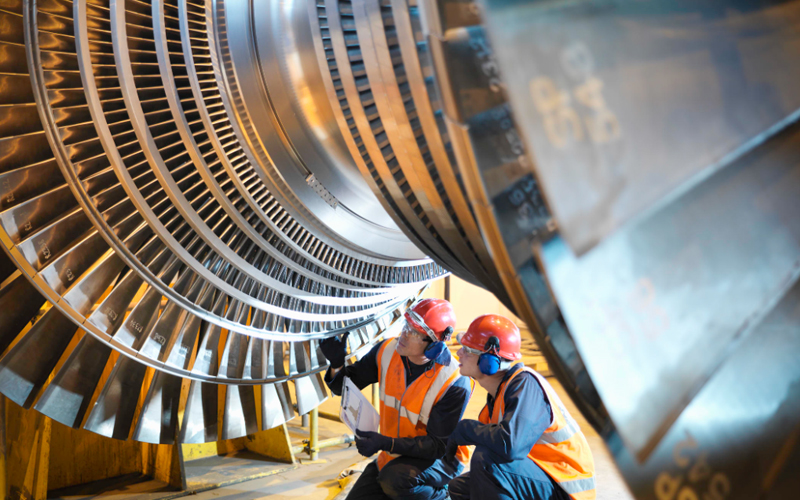The global auto market is undergoing a massive transformation with electric vehicles (EVs). According to the International Energy Agency’s (IEA) global electric vehicle outlook, the sales of electric vehicles are expected to grow from 10 million in 2022 to 14 million vehicles in 2023, reflecting a growth of 35 per cent. Electric cars have been the starting point, buses have followed, and so will trucks. In fact, by 2030, it’s predicted that the EV market share will rise to 60 per cent across US, China, and Europe.
The low-carbon footprint of EVs in operation is a magnet for countries that are courting sustainability like never before. EVs with internal combustion engines have no emissions from burning fuel. However, batteries used in EVs tell another story altogether. For instance, the production of lithium-ion batteries for the Tesla Model 3 leads to carbon dioxide emissions ranging from 2.5 metric tons to 16 metric tons, depending on the battery-making process. Manufacturing EV batteries account for 40-50 per cent of emissions, and pressure is mounting to reduce this. While producing EVs appears to leave a bigger carbon footprint than producing gasoline-powered vehicles, the gap narrows and is expected to be eliminated within two years, depending on the type of vehicle being driven. The reduction in emissions is also determined by the number of renewable energy sources that were used to produce EV batteries. EV battery manufacturers are looking at cleaner and greener alternatives to reduce carbon footprints.
Why are EV batteries carbon-intensive?
The materials and processes to produce EV batteries are one of the main reasons for a higher carbon footprint. A majority of EV batteries are manufactured in countries such as Poland, Germany, China and Thailand. Most of the battery manufacturing processes in these countries use non-renewable energy sources such as coal. Manufacturing units that use renewable electricity have significantly lower carbon footprints. EV battery chemistry can vary. Lithium-ion (Li-ion) batteries are the most popular, as they are low-cost and high-energy. Apart from this, Nickel Manganese Cobalt (NMC) and Nickel Metal Hydride (Ni-MH) batteries have been used. Li-ion battery electrodes contain nickel, manganese and cobalt and graphite. Mining and refining these raw materials to make batteries result in significant greenhouse gas emissions (GHG). The technology used to produce these batteries and the regions where the batteries are manufactured have a significant impact on carbon emissions as well. According to a McKinsey study, batteries manufactured in Sweden emit 45 CO2e/kWh, a far lower carbon intensity than those manufactured in China, which emit as much as 108 CO2e/kWh as of Feb 2023. One of the main reasons for this is that European countries have a far lower carbon footprint for electricity than those in Asia.
Charging toward lower carbon footprint
As battery manufacturers face the heat, they need to consider multi-pronged strategies to decarbonise EV batteries. The key areas where a push for strict green standards and regulations is required are raw material extraction, refining and manufacturing processes, use of alternate energy sources, green power grids, transportation and manufacturing bpo services.
Raw materials in batteries may account for about 15 per cent of the carbon footprint. Lithium, Nickel, Cobalt, Aluminium, Manganese and Graphite are used to make EV batteries, and they need to be procured from sustainable producers. Mining companies need to be made accountable and be transparent about their green practices. Government policies and regulations would help in this regard. Battery manufacturers need to continue to explore alternative raw materials which would have a lower environmental impact.
Manufacturing processes should be electrified to the greatest extent possible, to reduce GHG emissions. The other consideration is to produce battery sizes that are in line with consumer needs. Battery composition is another factor. Nickel production is an energy-intensive process, and substituting nickel with a more sustainable and abundantly available material such as Manganese is being explored. At the same time, Nickel producers are trying to reduce GHG emissions, and both Nickel and Cobalt have the highest recycling efficiency, something that the EV battery industry is currently struggling with.
Most countries are moving towards decarbonisation of power grids. Given this, the impact of the geographic region of the manufacturer may reduce in the coming years. While transportation is a small contributor to GHG emissions, using low-carbon footprint vehicles for transport and relying on local manufacturers is going to be another step towards a net-zero future.
The EV battery industry needs to push for a green future across producers, manufacturers, investors, suppliers, and partners. This can be accomplished with short-term steps in terms of relooking at sustainable practices within the organisation and a long-term strategic action plan* involving all stakeholders. Government policies, subsidies for the EV industry and local green regulations stand to play a major part in the push towards sustainability. With the EV industry set to explode, EV battery manufacturers can gain a competitive advantage by investing in sustainability practices across the entire value chain.
*For organizations on the digital transformation journey, agility is key in responding to a rapidly changing technology and business landscape. Now more than ever, it is crucial to deliver and exceed on organizational expectations with a robust digital mindset backed by innovation. Enabling businesses to sense, learn, respond, and evolve like a living organism, will be imperative for business excellence going forward. A comprehensive, yet modular suite of services is doing exactly that. Equipping organizations with intuitive decision-making automatically at scale, actionable insights based on real-time solutions, anytime/anywhere experience, and in-depth data visibility across functions leading to hyper-productivity, Live Enterprise is building connected organizations that are innovating collaboratively for the future.








